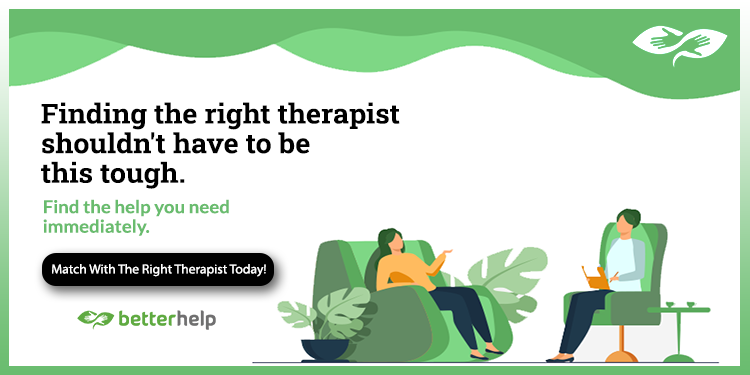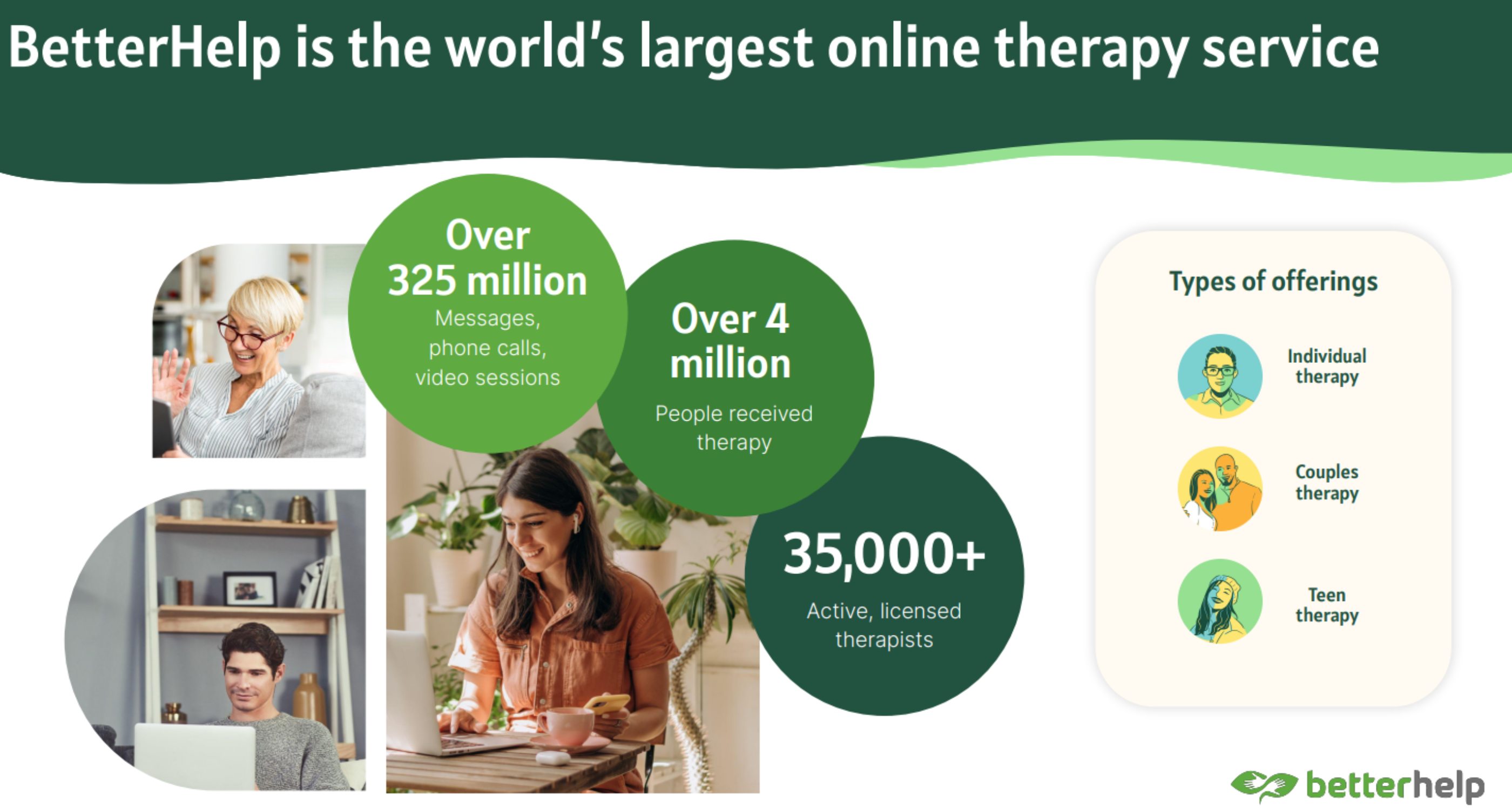Emotional Burnout – Do you feel a profound exhaustion that rest doesn’t seem to touch?
Emotional Burnout. Perhaps you’re going through the motions of life without genuine engagement or joy. Maybe you find yourself increasingly irritable, cynical, or emotionally numb. If physical causes have been ruled out yet these experiences persist, you might be facing emotional burnout—a state of complete emotional, mental, and often physical exhaustion resulting from prolonged stress, unprocessed emotions, or chronic caregiving without adequate replenishment.
Emotional burnout differs from ordinary fatigue or situational stress. It develops gradually through a process of depletion that extends beyond temporary tiredness into a persistent state where your emotional resources are thoroughly exhausted. This often happens when you’ve been in a sustained stress response for too long, managing difficult circumstances without adequate support, or consistently overriding your own needs to meet external demands. Your system literally has nothing left to give, yet the demands continue.
Your body communicates this depletion in specific ways. You might notice a heaviness in your limbs that makes even simple tasks feel overwhelming. Perhaps you experience a sense of detachment from your physical sensations—moving through life feeling slightly disconnected from your body. You might have trouble sleeping despite constant exhaustion, find yourself more susceptible to illness, or experience unexplained physical symptoms. These aren’t psychosomatic in the dismissive sense; they’re legitimate manifestations of a system in profound depletion.

The emotional landscape of burnout has distinctive features. Many people describe a sense of emptiness or hollowness—as if something vital has been drained away, leaving a shell of functionality without genuine engagement. You might find yourself emotionally unavailable to experiences that once brought joy or connection, or notice increased irritability and cynicism that doesn’t align with your values. Perhaps most distressing is the growing gap between your internal experience and external performance—maintaining functionality while feeling increasingly empty inside.
What makes emotional burnout particularly challenging is how it affects your capacity for self-healing. The very resources you would normally draw upon to address distress—energy, emotional resilience, motivation, hope—are precisely what burnout depletes. This creates a painful paradox where you need restoration most but have the least capacity to create it, often leading to further withdrawal or pushing that deepens the depletion cycle.
Challenges for men in modern society
Healing Exercises to Address Emotional Burnout
Healing Exercise #1: The Minimum Effective Dose Approach
When in burnout, ambitious self-care plans often create additional pressure rather than relief. Instead, identify the smallest possible restorative action you could take—something requiring minimal energy but offering genuine replenishment. Perhaps it’s sitting outside for five minutes, listening to one song you love, or simply lying down with your eyes closed and no agenda. Commit to this minimum dose daily, gradually rebuilding your capacity for restoration without overwhelming your depleted system.
Healing Exercise #2: The Energy Audit and Elimination
Burnout requires honest assessment of where your limited energy is going. Create three columns on a page: activities that genuinely replenish you, activities that are necessary but neutral, and activities that deplete without proportionate return. For the third category, identify at least three items you can temporarily eliminate or significantly reduce during this recovery period. This isn’t about permanent lifestyle change but creating essential space for healing during acute burnout. Remember: this elimination isn’t selfish but necessary for sustainable functioning.
Healing Exercise #3: The Nervous System Regulation Practice
Emotional burnout often involves a dysregulated nervous system caught between collapse (dorsal vagal state) and hyperarousal (sympathetic activation). Try this brief practice several times daily: Place one hand on your heart and one on your belly. Take slow breaths, extending your exhale slightly longer than your inhale. As you breathe, orient to your current environment by naming three things you can see. This simple practice helps shift your nervous system toward regulation, creating physiological conditions where recovery becomes possible.
Healing emotional burnout requires understanding that your depletion isn’t a character flaw or lack of resilience—it’s the predictable outcome of sustained demands exceeding available resources. This isn’t about “pushing through” or “developing better coping skills” but recognizing that your system is sending an important message about limits that have already been exceeded. Honoring this message is the foundation of genuine recovery.
Physical restoration plays a crucial role in healing burnout, though not in the way often prescribed. When in depletion, intense exercise or ambitious health regimens may further tax your system rather than support recovery. Instead, focus on gentle, restorative physical practices—perhaps slow walking, restorative yoga, or simply lying on the earth and feeling supported. These approaches help regulate your nervous system without demanding additional energy output from an already depleted system.
Your environment significantly impacts recovery from burnout. Many people experiencing depletion continue to surround themselves with stimulation, information, and input that overwhelms an already taxed system. Creating environmental conditions that support restoration—perhaps reducing noise, limiting screen time, simplifying your visual environment, or spending time in natural settings—helps reduce the cognitive and sensory load on your system, allowing precious energy to be directed toward healing rather than processing.
Remember that recovering from emotional burnout isn’t about returning to the same patterns that created the depletion. True healing involves not just rest but recalibration—establishing a more sustainable relationship with your own capacity, setting boundaries that honor your limits, and creating ongoing practices that maintain your emotional resources rather than consistently depleting them. This isn’t selfish but necessary; you cannot sustainably give from a persistently empty well.

Keywords: Anxiety, polyvagal theory, gestalt therapy, psychotherapy, parents, parental trauma, somatic experiencing, Licensed therapist near me in Manhattan NYC, Affordable therapy services in New York State, Holistic psychotherapy sessions in NYC, Somatic Experiencing therapy for trauma recovery in New York City, NARM therapy in Brooklyn, Licensed couples therapy in Manhattan, Gestalt therapy near me in NYC, Marriage counseling in Queens NYC, Therapy for anxiety treatment in NYC, Experienced psychotherapist in New York, Licensed psychotherapist near me in NYC, Somatic Experiencing therapy sessions in New York, Trauma therapy and counseling in Manhattan, Gestalt therapy sessions in New York City, Therapy sessions for emotional regulation in New York, Trauma therapy near me in Brooklyn New York, Licensed mental health therapist in Manhattan NYC, Depression therapy in New York, New York City therapist experienced in PTSD treatment
Contact us: Feel and Heal Therapy Office
For companies: Creative Manager
Transgenerational Trauma – It Didn’t Start with You







